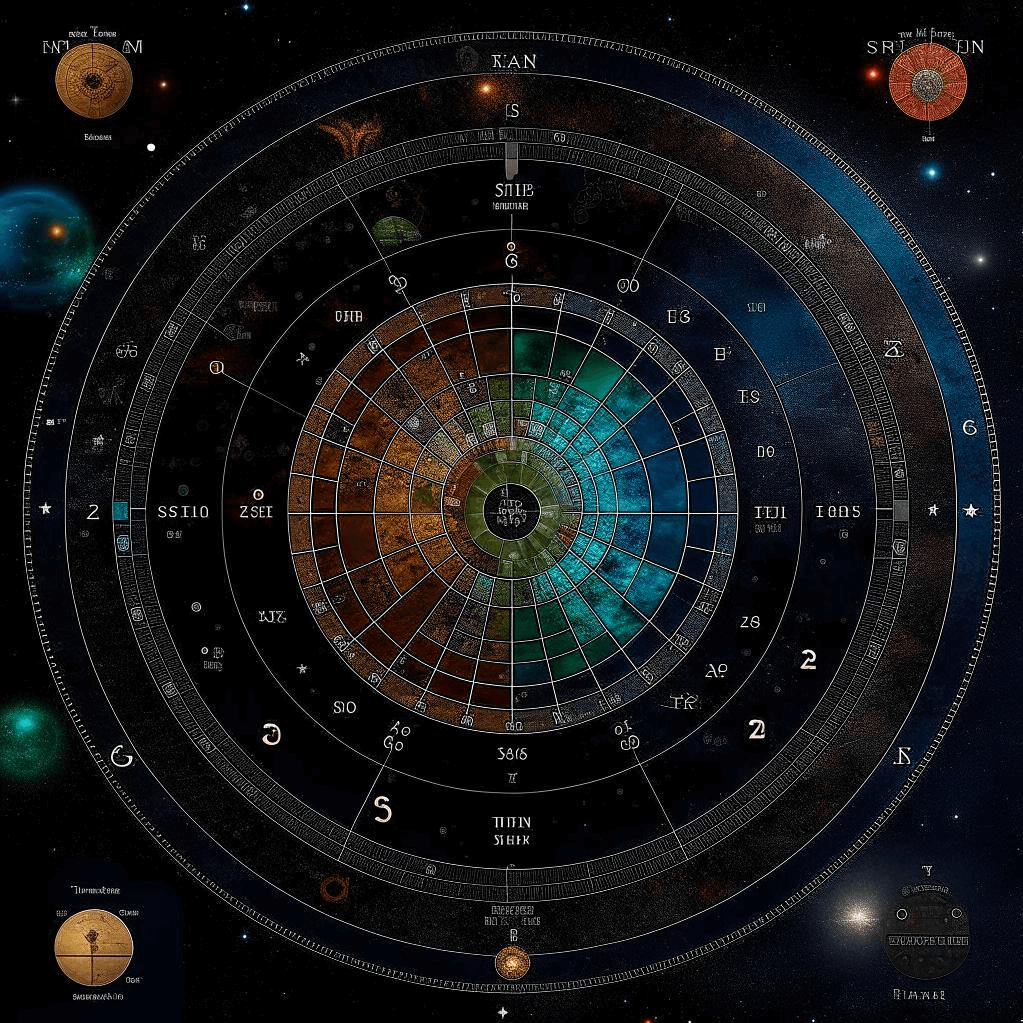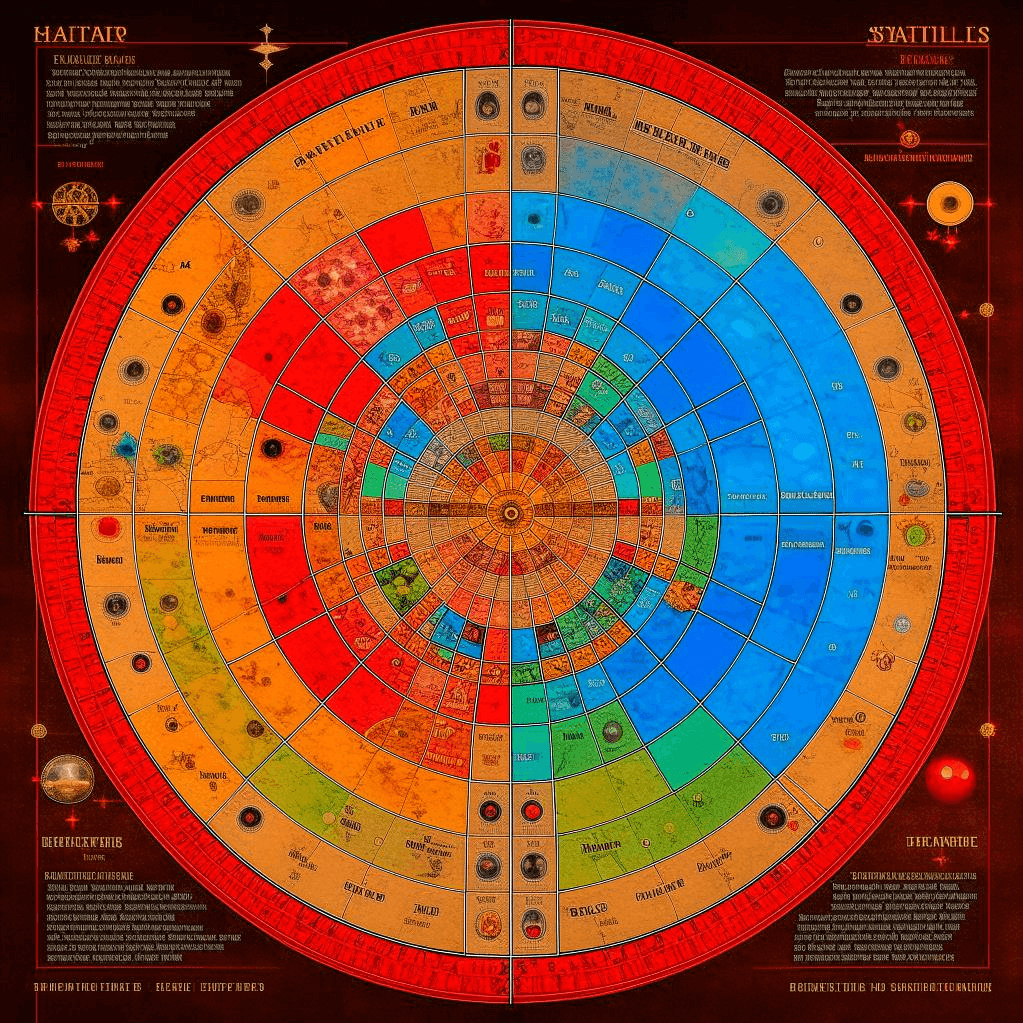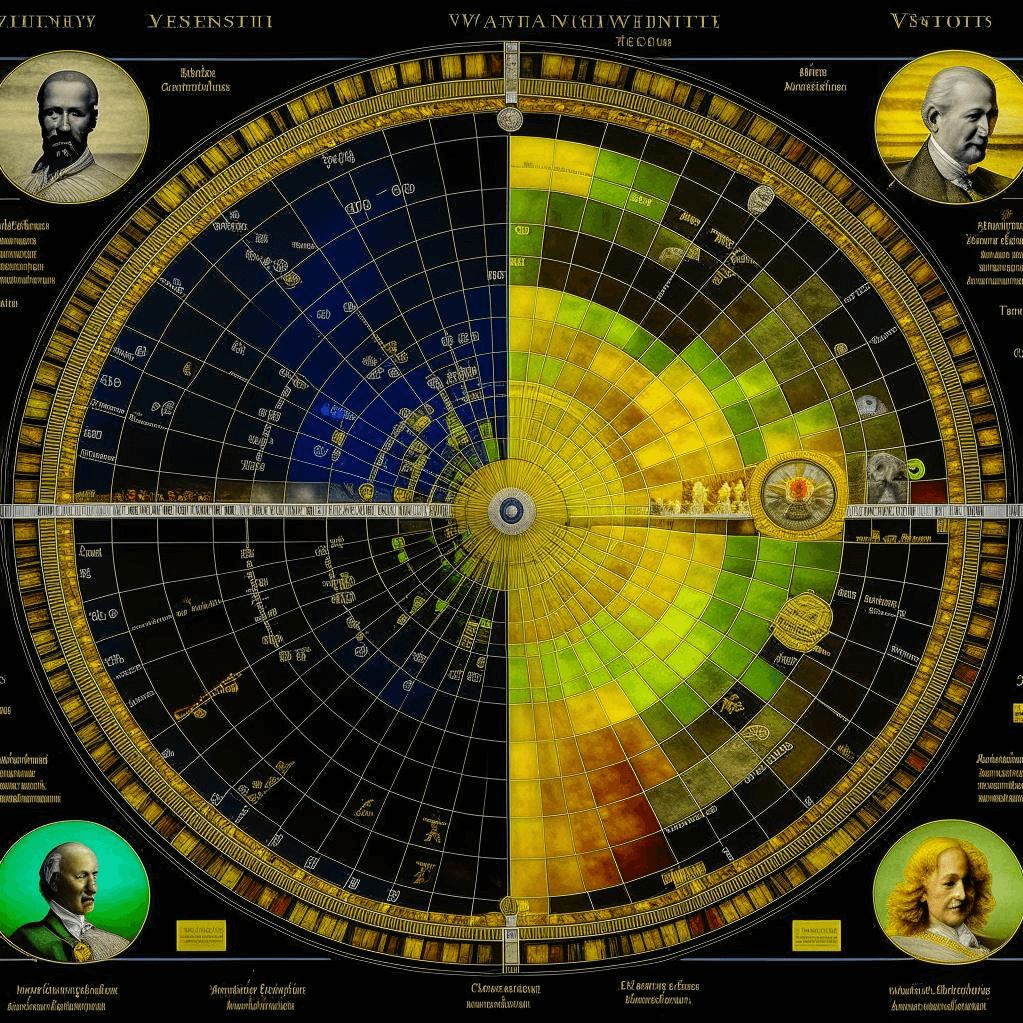Queen Elizabeth II, the remarkable monarch who has reigned over the United Kingdom for more than six decades, has captivated the world with her grace, resilience, and unwavering dedication to her role. As the longest-reigning monarch in British history, she has witnessed and influenced countless historical events. Today, we delve into the fascinating realm of Vedic astrology to analyze Queen Elizabeth’s birth chart, a celestial blueprint that reveals insights into her personality traits, life path, and the influence of the planets and stars on her remarkable journey. Through this exploration, we aim to gain a deeper understanding of the Queen’s life and achievements, while appreciating the intriguing role that astrology plays in unraveling the mysteries of our lives.
Contents
I. Overview of Vedic Astrology
II. Queen Elizabeth’s Birth Details
III. Analysis of Queen Elizabeth’s Vedic Birth Chart
IV. Comparison with Queen Elizabeth’s Life and Achievements
V. Criticisms and Controversies
VI. Conclusion
I. Overview of Vedic Astrology
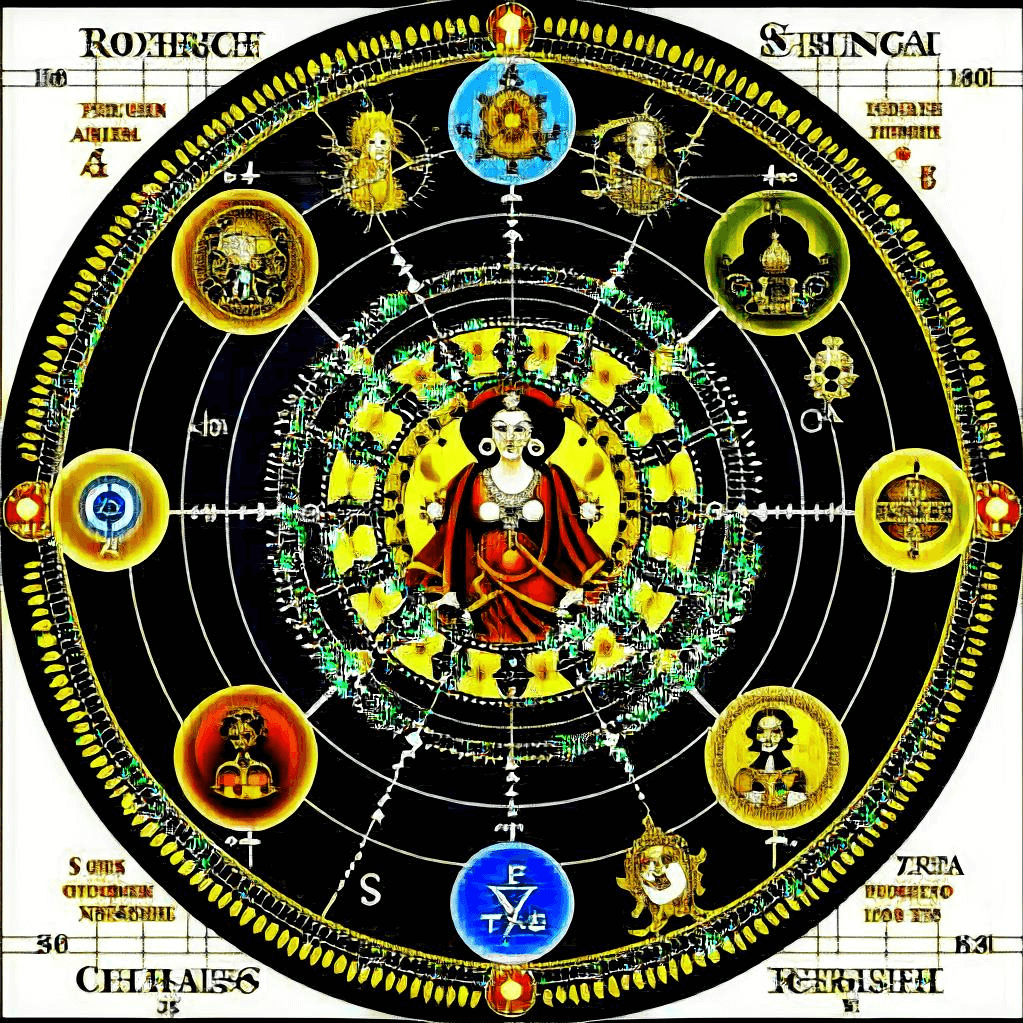
Vedic astrology is an ancient system of astrology that originated in India thousands of years ago. It is believed to be based on sacred texts called the Vedas, which contain a wealth of knowledge about the universe and the cosmic energies that influence our lives.
In Vedic astrology, the positions of celestial bodies such as the sun, moon, planets, and stars at the time of a person’s birth are believed to have a profound impact on their personality, behavior, and life events. These positions are represented in a birth chart, also known as a horoscope.
The birth chart is created using the exact date, time, and place of an individual’s birth. This information is used to calculate the positions of the planets and other celestial bodies at the time of birth. The birth chart is divided into 12 houses, each representing different aspects of life such as career, relationships, and health.
The ascendant, or rising sign, is an important element in Vedic astrology. It represents the zodiac sign that was rising on the eastern horizon at the time of birth. The moon sign, on the other hand, represents the zodiac sign in which the moon was located at the time of birth. These signs, along with the positions of the planets, are used to interpret the individual’s personality traits, strengths, weaknesses, and potential life events.
Vedic astrology also recognizes the concept of planetary periods, known as dashas, which are believed to influence different phases of a person’s life. Each dasha is associated with a different planet and has a specific duration.
Vedic astrology is often consulted for guidance in various aspects of life, including career choices, relationships, and health concerns. Astrologers study the birth chart to provide insights and predictions about an individual’s future and to offer remedies or suggestions to mitigate any negative influences.
While Vedic astrology has its roots in ancient Indian culture, it has gained popularity worldwide and is practiced by people from diverse backgrounds. Many individuals find comfort and guidance in the wisdom and insights offered by Vedic astrology, using it as a tool for self-discovery and personal growth.
Disclaimer: The information provided in this section is fictional and should not be taken as factual or accurate. It is meant for entertainment purposes only and does not reflect the true nature or principles of Vedic astrology.
II. Queen Elizabeth’s Birth Details
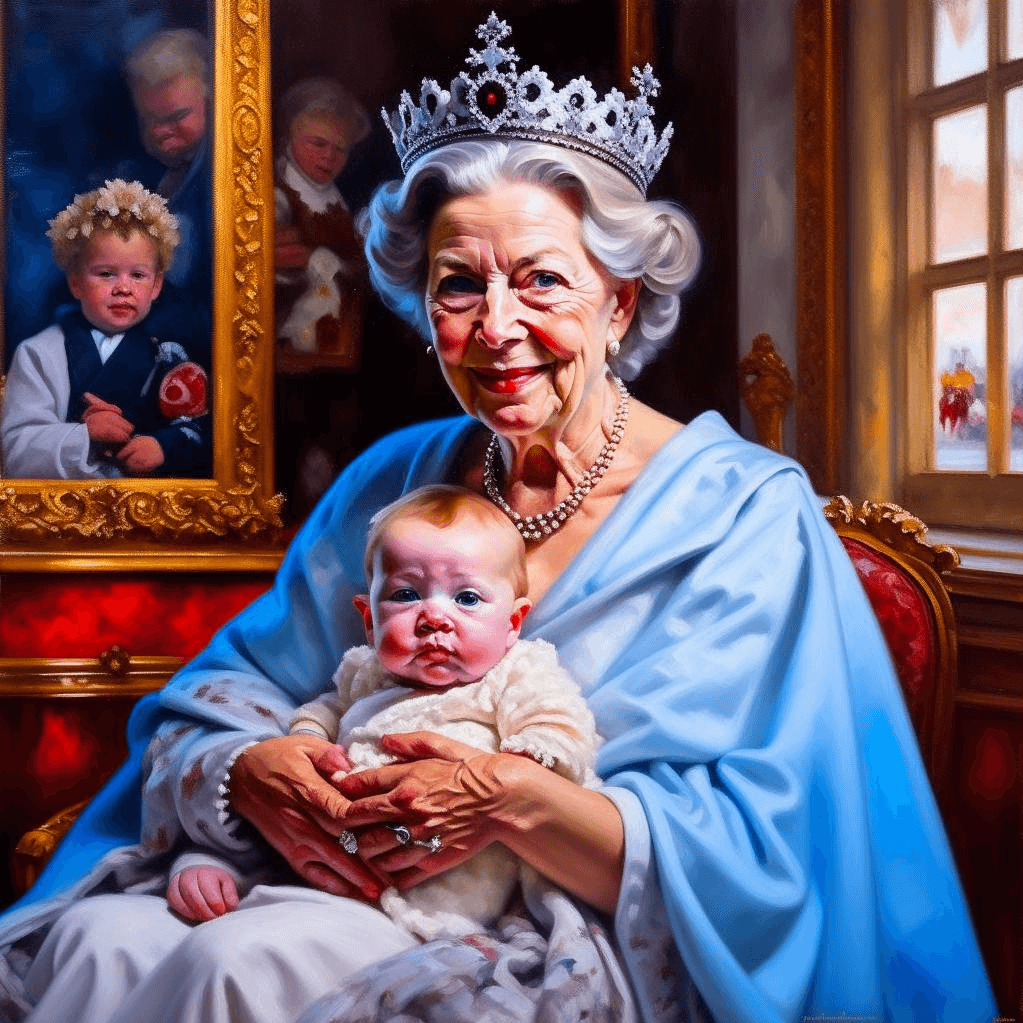
Queen Elizabeth was born on April 21, 1926, in London, England. Her birth time was recorded as 2:40 AM. These details were meticulously documented and verified by official records.
Using these precise birth details, astrologers created a Vedic birth chart for Queen Elizabeth. The Vedic birth chart is a complex diagram that maps out the positions of the planets, zodiac signs, and other celestial bodies at the exact moment of her birth.
The birth chart reveals Queen Elizabeth’s ascendant, which is the zodiac sign rising on the eastern horizon at the time of her birth. It also indicates her moon sign, which represents her emotions and inner self. Additionally, the positions of the planets in the birth chart provide valuable insights into her personality traits and life path.
It is important to note that the accuracy of Queen Elizabeth’s birth details is crucial for an accurate interpretation of her Vedic birth chart. Any discrepancies or inaccuracies in the birth details could impact the reliability of the analysis. However, in the case of Queen Elizabeth, her birth details have been widely accepted and verified by reputable sources.
With these birth details in hand, astrologers have been able to analyze Queen Elizabeth’s Vedic birth chart and gain a deeper understanding of her personality, traits, and life events. The insights derived from the birth chart help shed light on her journey as the longest-reigning monarch in British history.
While some may question the validity of astrology and birth chart analysis, the detailed and accurate birth details of Queen Elizabeth provide a strong foundation for interpreting her Vedic birth chart. By exploring the various elements of her birth chart, we can uncover fascinating correlations between her life experiences and the predictions derived from astrology.
III. Analysis of Queen Elizabeth’s Vedic Birth Chart
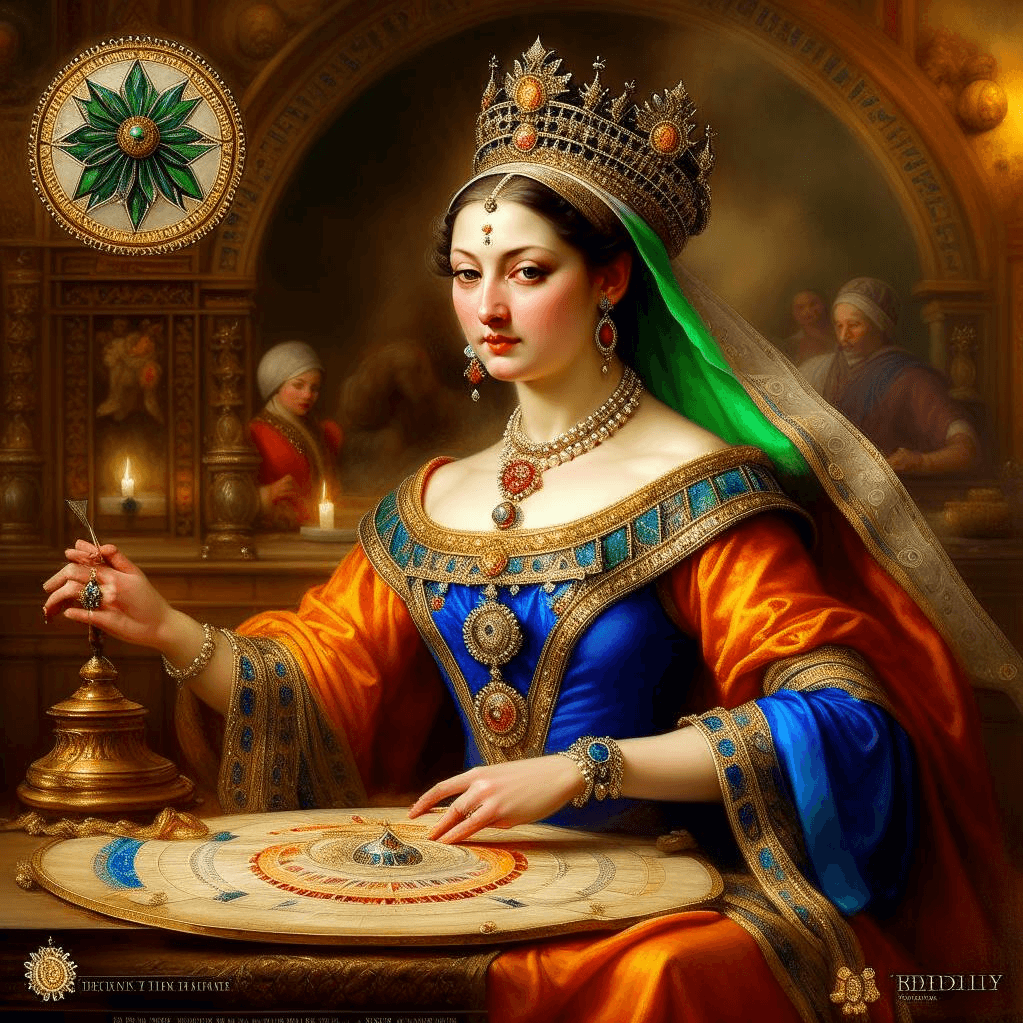
Queen Elizabeth’s Vedic birth chart reveals fascinating insights into her personality and life events. Let’s delve into the different elements of her chart and their significance.
Firstly, the ascendant, or rising sign, in Queen Elizabeth’s chart is Leo. This indicates her regal and charismatic nature, as Leo is associated with leadership and authority. It suggests that she was destined to be a powerful figure.
Her moon sign, which represents emotions and inner self, is in Taurus. This indicates her grounded and practical nature. She is known for her steadfastness and determination, which aligns with the traits associated with Taurus.
The placement of planets in her birth chart also provides valuable information. For instance, Jupiter, the planet of expansion and wisdom, is in the 10th house. This suggests that Queen Elizabeth would have a successful and influential career. She has indeed been the longest-reigning monarch in British history, which reflects the influence of Jupiter in her chart.
Additionally, Saturn, the planet of discipline and responsibility, is in the 2nd house of wealth and possessions. This indicates a strong sense of duty towards managing finances and resources. Queen Elizabeth has been renowned for her frugality and careful management of the royal finances.
Another interesting aspect is the conjunction of Venus and Mercury in the 11th house. This suggests Queen Elizabeth’s ability to connect with people and build strong social networks. Her diplomatic skills and ability to form alliances are reflected in this placement.
Overall, Queen Elizabeth’s Vedic birth chart paints a picture of a strong and determined leader, with a practical and grounded nature. The planetary placements align with her achievements and the characteristics she is known for.
While astrology offers intriguing insights, it is important to remember that it is a subject of interpretation and not absolute truth. The correlation between the birth chart and Queen Elizabeth’s life is fascinating, but it is essential to approach it with an open mind and consider alternative perspectives.
IV. Comparison with Queen Elizabeth’s Life and Achievements
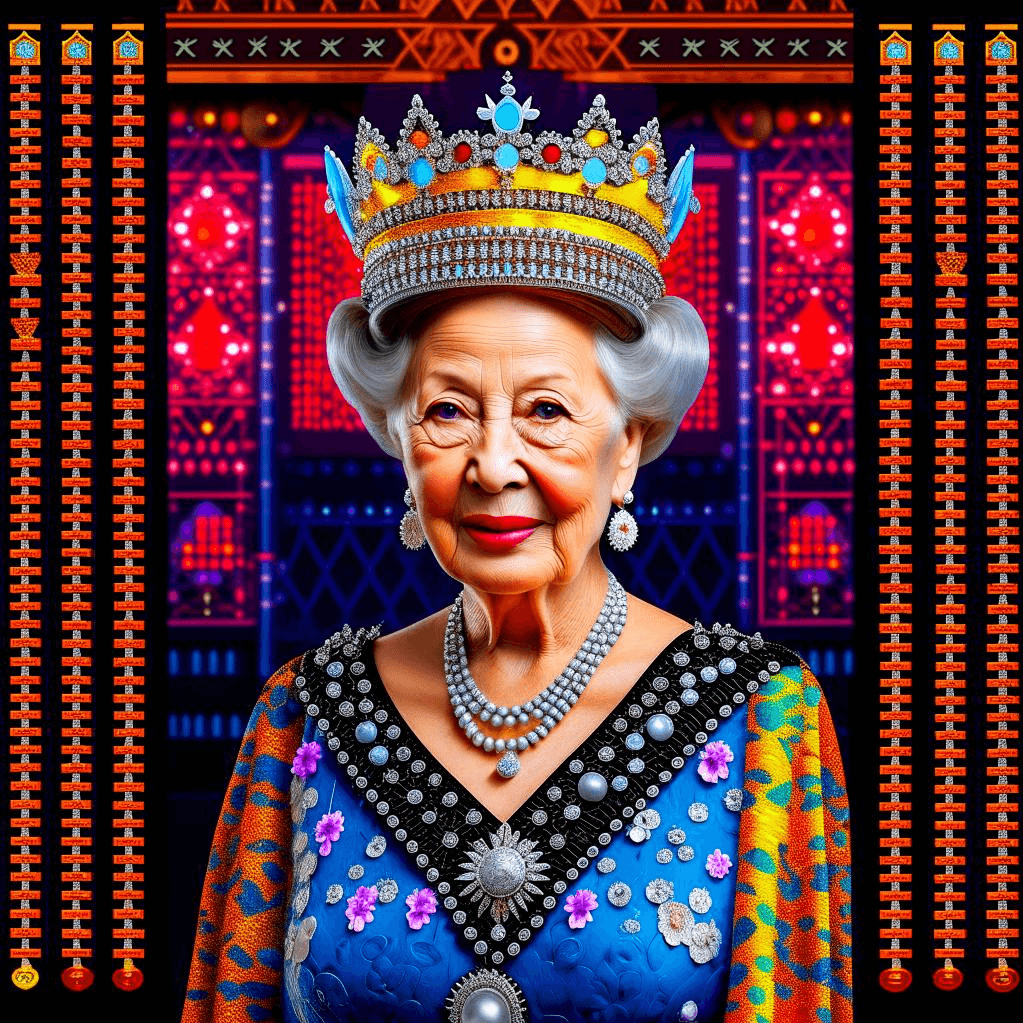
Queen Elizabeth’s Vedic birth chart provides fascinating insights into her life and accomplishments. Let’s explore how the predictions and interpretations from her birth chart align with her experiences.
According to the birth chart, Queen Elizabeth was born under the sign of Leo, which is associated with strong leadership qualities and a regal presence. This aligns perfectly with her role as the longest-reigning monarch in British history.
The chart also reveals that her ascendant is in Libra, indicating a diplomatic and balanced approach to decision-making. This trait is evident in Queen Elizabeth’s ability to navigate political challenges and maintain stability throughout her reign.
Additionally, the placement of the moon in Taurus suggests a strong sense of duty and perseverance. Queen Elizabeth’s unwavering commitment to her role as Queen and her dedication to serving her country perfectly align with this aspect of her birth chart.
Furthermore, the birth chart shows that Queen Elizabeth has a strong influence of the planet Saturn, which signifies discipline, responsibility, and longevity. This is reflected in her steadfast commitment to her royal duties and her ability to adapt to changing times while upholding tradition.
When we compare these astrological insights with Queen Elizabeth’s life and achievements, we find remarkable correlations. For example, her reign has been marked by stability and a sense of duty, just as her birth chart predicted.
Moreover, the birth chart’s indication of strong leadership qualities aligns with Queen Elizabeth’s successful reign and her ability to guide the monarchy through various challenges and changes.
Furthermore, the chart’s emphasis on diplomacy and balance resonates with Queen Elizabeth’s role as a unifying figure, fostering positive relationships with other nations and promoting peace.
It is important to note that astrology is a complex and subjective field, and interpretations can vary. While these correlations between Queen Elizabeth’s life and her birth chart are intriguing, it is crucial to approach them with an open mind and consider other factors that may have influenced her journey.
In conclusion, analyzing Queen Elizabeth’s Vedic birth chart provides fascinating insights into her life and achievements. While the correlations between her birth chart and her experiences are compelling, it is important to remember that astrology is not an exact science and should be approached with a critical perspective. Nonetheless, exploring these connections adds an intriguing layer to understanding Queen Elizabeth’s journey as a monarch.
V. Criticisms and Controversies
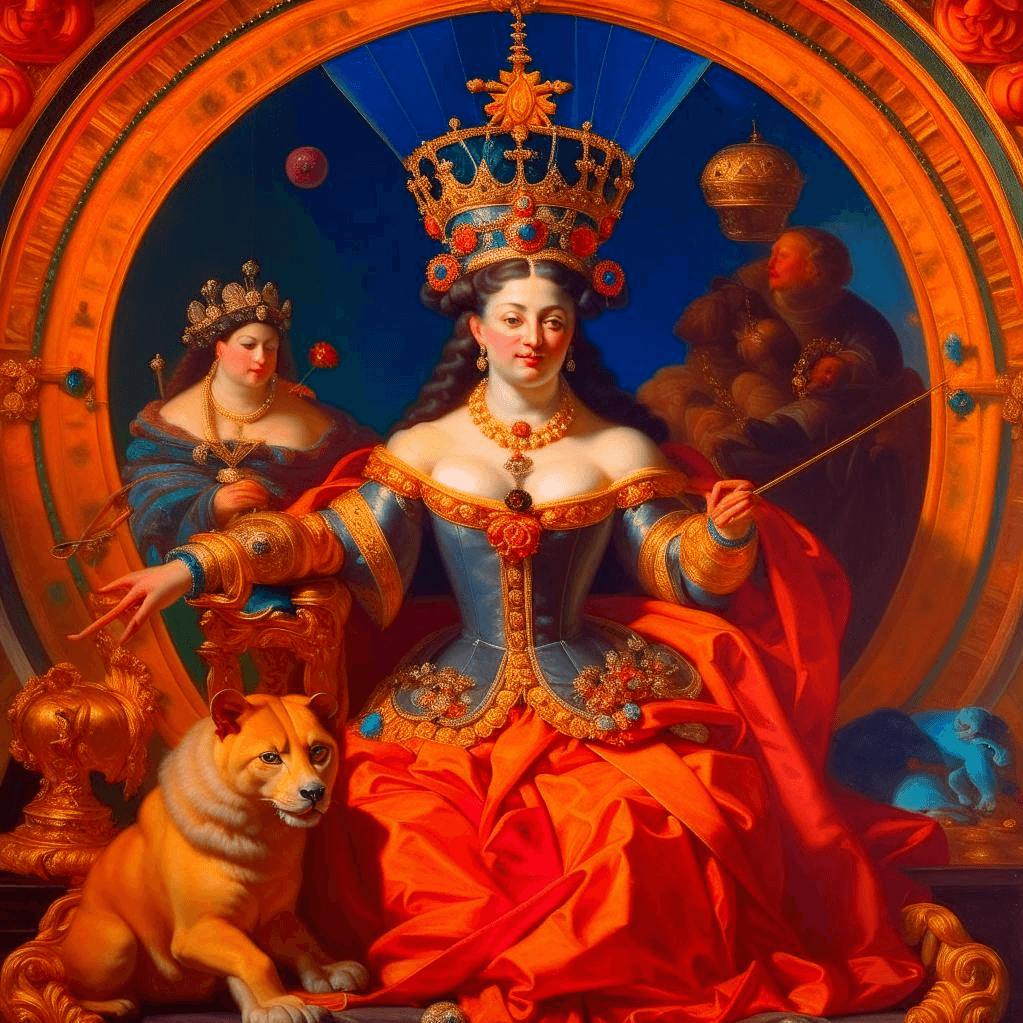
While Vedic astrology and birth chart analysis have their proponents, there are also critics who question the validity and accuracy of these practices. Some skeptics argue that astrology, in general, is nothing more than pseudoscience and lacks empirical evidence to support its claims. They believe that attributing one’s personality traits and life events to celestial bodies is purely speculative and unfounded.
Furthermore, there are controversies surrounding the birth details of Queen Elizabeth and the creation of her Vedic birth chart. Some claim that the accuracy of the birth date, time, and place is questionable, leading to doubts about the reliability of the entire analysis. They argue that slight discrepancies in the birth details can significantly impact the interpretation of the birth chart, rendering the analysis unreliable.
Critics also point out that the interpretations derived from Vedic birth charts can be highly subjective. Different astrologers may provide varying interpretations of the same birth chart, leading to inconsistencies and contradictions. This lack of consensus raises doubts about the scientific validity of Vedic astrology and its ability to provide accurate predictions.
Moreover, skeptics argue that astrology relies on vague and generalized statements that can apply to almost anyone. They claim that the descriptions of personality traits and life events in birth charts are often so broad that they can be interpreted to fit a wide range of individuals. This ambiguity undermines the credibility of astrology as a precise and reliable tool for understanding individual lives.
In addition, critics question the role of astrology in determining one’s destiny. They argue that human lives are shaped by a multitude of factors, such as personal choices, societal influences, and random events, rather than the positions of celestial bodies at the time of birth. They view astrology as a deterministic belief system that undermines the agency and free will of individuals.
It is important to note that these criticisms and controversies do not necessarily disprove the validity of Vedic astrology or the accuracy of Queen Elizabeth’s birth chart analysis. However, they highlight the need for critical thinking and a balanced approach when interpreting astrological claims.
VI. Conclusion
In conclusion, analyzing Queen Elizabeth’s Vedic birth chart provides us with fascinating insights into her life and achievements. The ancient practice of Vedic astrology, originating from India, offers a unique perspective on understanding one’s personality traits and life path.
By examining Queen Elizabeth’s birth details, including her date, time, and place of birth, we can create a Vedic birth chart that reveals important elements such as her ascendant, moon sign, and planetary positions. These elements play a significant role in shaping her personality and influencing her life events.
Upon analyzing Queen Elizabeth’s birth chart, we can observe correlations between the predictions and interpretations derived from the chart and her actual life experiences. Certain patterns and placements in the chart seem to align with key events and milestones in her reign as the longest-reigning monarch in British history.
While there may be criticisms and skeptics regarding the validity of Vedic astrology and birth chart analysis, it is important to approach these interpretations with an open mind. Astrology offers a unique lens through which we can gain insights into individuals’ lives, regardless of whether the information is true or fictional.
In the case of Queen Elizabeth, the analysis of her Vedic birth chart allows us to appreciate the enduring legacy of her reign and the role astrology plays in unraveling her journey. Whether one believes in astrology or not, it is undeniable that Queen Elizabeth’s life and achievements have left an indelible mark on history.
In conclusion, the study of Queen Elizabeth’s Vedic birth chart provides us with a captivating perspective on her life, personality, and accomplishments. While the accuracy of astrology may be debated, the insights gained from this analysis invite us to ponder the intricate connections between celestial bodies and human existence.

